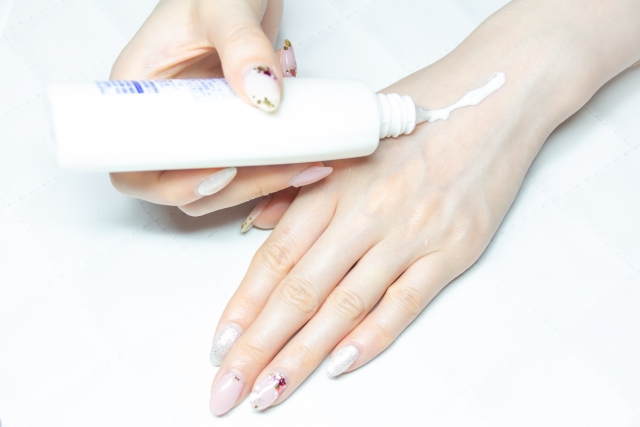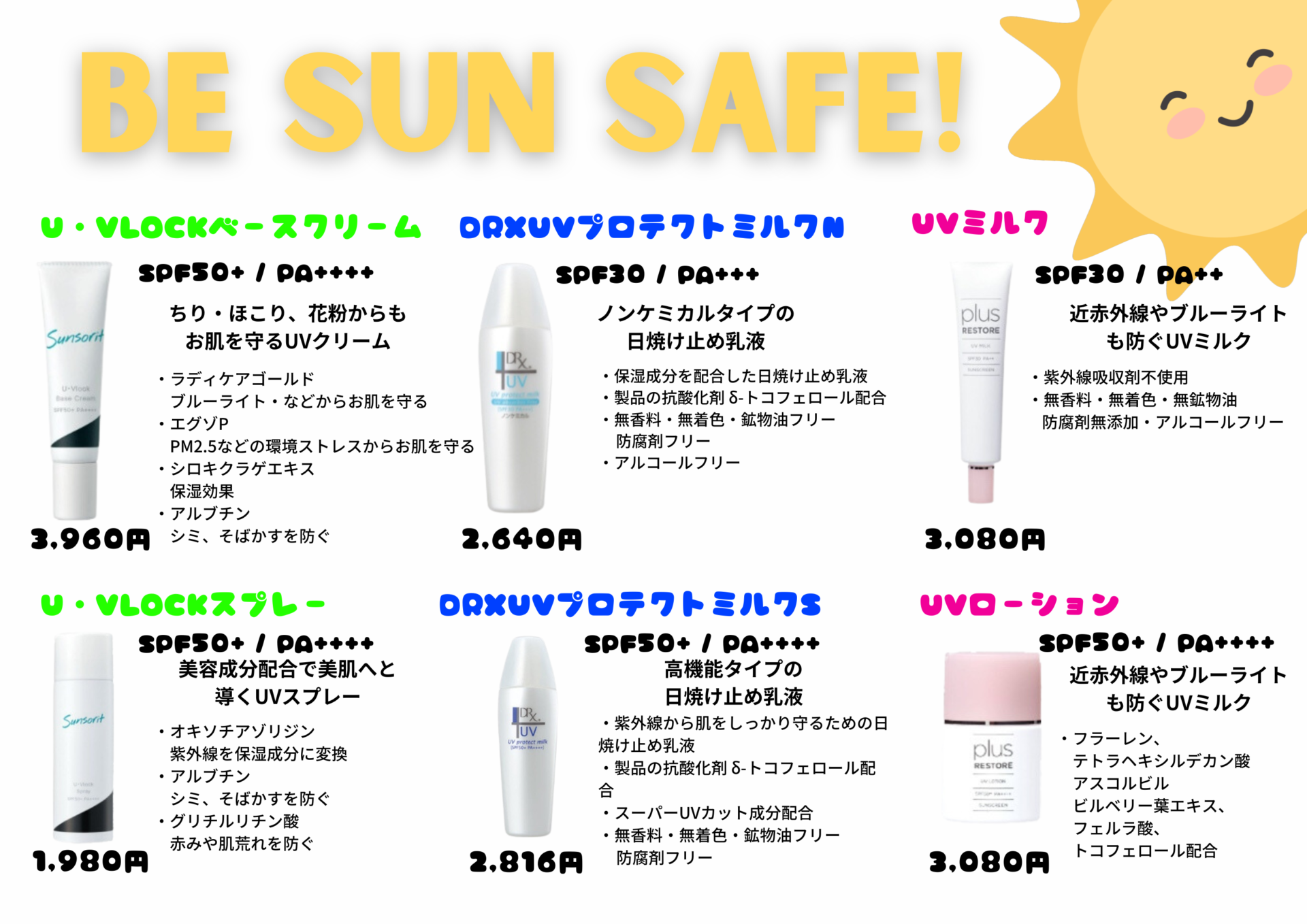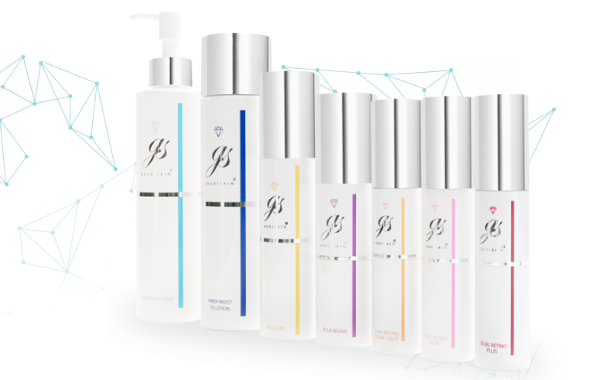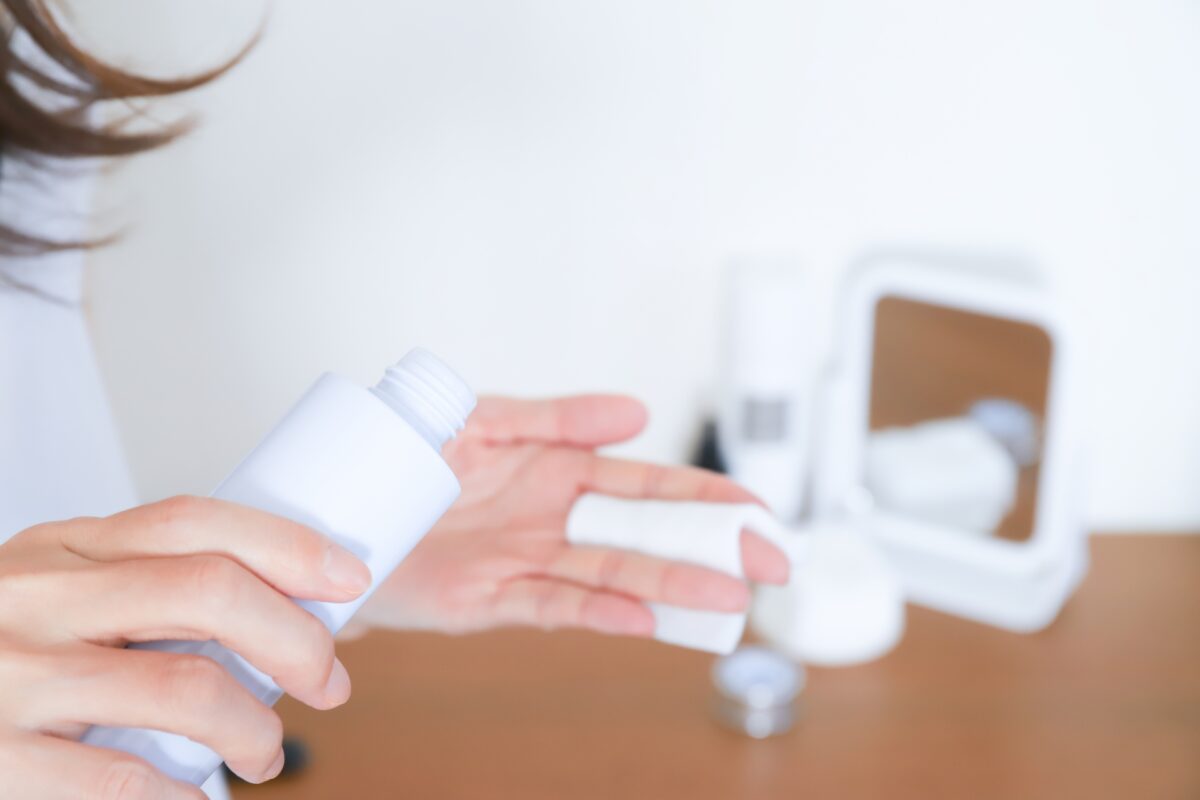Relationship Between Ultraviolet Rays and Skin
Various internal and external factors can negatively impact the skin, but approximately 80% of skin aging is attributed to photoaging. Damage from ultraviolet rays extends beyond the skin surface into the dermis.
Exposure to UV rays can lead to pigmentation, freckles, as well as loss of firmness and elasticity in the skin.
Rapid loss of skin moisture due to UV exposure can cause dryness, roughness, dullness, and contribute to various skin concerns such as fine lines and sagging.
It is also said to diminish overall immune function of the body, not just the skin.
UV exposure generates free radicals in the skin, which weaken cellular activity, accelerate the production of enzymes that break down collagen and elastin fibers, and consequently lead to dryness, wrinkles, and sagging of the skin.
As a result, the skin becomes more prone to dryness and the formation of wrinkles and sagging.
Types of Ultraviolet Rays
The sun emits gamma rays, X-rays, ultraviolet rays, visible light, and infrared rays, each with different wavelengths.
Among these, ultraviolet rays are divided into three types: UVA, UVB, and UVC.
UVA has long-wave ultraviolet rays, UVB has medium-wave ultraviolet rays, and UVC has short-wave ultraviolet rays.

Shorter wavelengths of UV rays carry more energy and have a greater impact on the skin. Melanin produced upon UV exposure is gradually excreted through skin turnover, but sometimes remains, causing pigmentation spots.
Repeated UV exposure can increase the number of melanocytes, causing the skin to darken and potentially leading to skin cancer. UVA, with its longer wavelength, constitutes 90% of terrestrial UV radiation and penetrates into the mid-layer of the dermis upon skin contact.
Prolonged exposure alters the skin by darkening it, denaturing elastin and collagen fibers that maintain skin elasticity, thereby contributing to wrinkles and sagging.
On the other hand, shorter wavelength UVB is absorbed by moisture in the air but scatters widely, affecting the skin from all directions. This type directly damages skin cells’ DNA, causing sunburn and tanning.
Additionally, it leads to rough skin texture and decreases moisture in the stratum corneum, resulting in skin irritation.
The intensity and amount of UV rays vary depending on factors such as location, weather, season, and climate. UV-A levels remain relatively consistent throughout the year, necessitating year-round protection.
Protection Against Ultraviolet Rays
To prevent photoaging caused by UV rays, daily UV protection measures are essential.
Regularly use UV protection products, especially sunscreen creams, even on cloudy days or when staying indoors throughout the year.
When choosing sunscreen, refer to the SPF (Sun Protection Factor) and PA (Protection Grade of UVA) indicated on the product.
Without protection, Japanese individuals can experience sunburn in approximately 20 minutes for fair skin, 30 minutes for darker skin, and 25 minutes for normal skin.
SPF indicates the UVB protection effectiveness. For instance, using SPF 24 sunscreen on normal skin can protect from UVB exposure for about 10 hours (25 minutes × 24).
PA indicates UVA protection. It is denoted by a plus sign (+), and higher numbers indicate greater protection.

During seasons and times with less UV exposure, SPF 20 and PA++ sunscreen products may suffice, but frequent reapplication is necessary.
Even when indoors, UV protection is important as UV rays can penetrate through windows.
Effective skincare routines are crucial for preventing pigmentation caused by UV rays.
Most whitening cosmetics contain ingredients that inhibit tyrosinase, which produces melanin, the cause of darkening.
Thus, regular skincare and UV protection are vital for preventing photoaging caused by UV rays.
In addition to external prevention with cosmetics, combining internal measures such as oral intake of supplements can enhance effectiveness.
Sunscreen supplements help eliminate free radicals generated by UV exposure and suppress inflammation, preventing skin damage such as dryness, wrinkles, and sagging, not just pigmentation.
Supplements like Sinall, Yubera, and Tranexamic Acid are also effective.
These medications are well-known for their effectiveness in treating pigmentation issues.
Sinall, a multivitamin, inhibits melanin production and promotes collagen synthesis, which is essential for skin, bones, and blood vessels.
Yubera, containing vitamin E, has antioxidant properties that reduce skin oxidation, promote metabolism, and prevent pigmentation and wrinkles.
Tranexamic Acid is effective in improving spots and melasma.
It is an amino acid that inhibits melanin production and has anti-inflammatory and anti-allergic effects.
By combining these oral and supplemental measures with regular UV protection, you can effectively prevent skin photoaging from both inside and outside.
Sunscreen Products Available at Our Clinic










